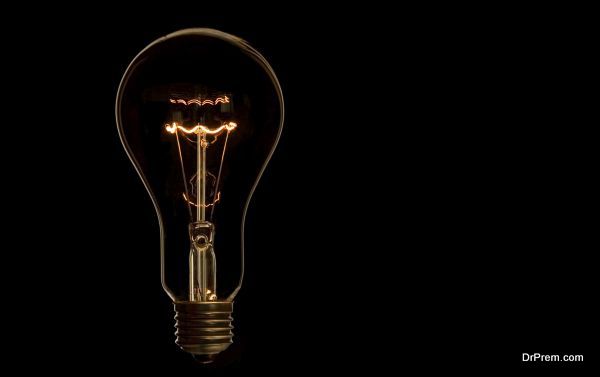You’d never guess that the simple science experiment you conducted in school could one day become the basis of a technology to generate green energy. Move over solar, wind and hydropower – osmosis is here. By definition, osmosis is the process in which molecules of a solvent of lower concentration tends to pass to a higher concentration through a semi-permeable membrane. Scientists have been researching on this natural phenomenon and have been successful in using it as a powerful source of renewable energy.
The technology
EPFL researchers published their innovation in the journal Nature. Scientists at EPFL’s Laboratory of Nanoscale Biology have developed an osmotic power generation system using seawater, freshwater and a semi-permeable membrane that is only three atoms thick, which delivers a very high yield of electricity.
EPFL’s innovation is the extremely thin membrane, made of molybdenum sulphide, which allows for a higher increase of current. EPFL’ s scientists have found a way to harness the electrical charge from the ions to generate electricity.
The salt ions in the seawater passes through the three atom thick molybdenum sulphide membrane to the fresh water, till salt concentration in both is equal, which is nothing but the process of osmosis. The membrane has a nanopore, a minute hole through which the salt ions pass.
Due to the properties of the membrane, only positive ions from seawater are allowed to pass and negative ions remain in the seawater and the electrons from the positive ions are transferred to an electrode. The movement of the positive ions pushing away the negative ions causes current to flow due to the voltage created by the charged ions. The scientists were able to develop just the right size of the nanopore, which allowed only positive ions to pass through.
This is a huge development in the field of green energy.
How it works?
The potential of the EPFL innovation is massive. Their calculation show that a 1m2 membrane, with 30% of its surface covered by nanopores should be able to produce 1MW of electricity, enough electricity to power 50,000 standard energy-saving light bulbs. Molybdenum sulphide is easily found in nature or can be easily grown by the process of chemical vapor deposition, the system developed by EPFL has the potential to be developed for large-scale power generation.
The only challenge is to find out how to make relatively uniform pores, as till now, researchers have worked with a single nanopore.
A nanotransistor was run by generating current from a single nanopore, to demonstrate a self-powered nano-system, which was used to further the understanding of membrane-based processes. This information is absolutely essential in order to translate the process to industry level commercialization.
Environmental effect
As energy breakthroughs go, this new development in osmosis technology is going to be a game-changer. Till now, scientists all over the world have been developing systems using osmosis to generate electricity. Pilot projects in Norway, Japan, United States and The Netherlands have been set up in estuaries, where rivers flow into the sea. Some systems use the movement of water molecules to power turbines,rather than ions to generate power.
The membranes used are organic and fragile and the electricity yields are low. The new osmotic technology should be able to generate far better yields with the thinner molybdenum sulphide membrane.
This ground-breaking development in osmotic technology will be able to provide immense amounts of round the clock renewable energy, which is not dependent on whether the sun is shining or the wind blowing or not. It only requires estuaries, the confluence of fresh water and sea water to function and there are plenty of those in the world.
Most countries have an enormous number of estuaries and governments should focus on osmotic technology as an extremely viable and dependable energy resource. Funds should be provided for research to develop this technology to be used in an industrial scale. This will reduce the drastic climate change and lower the burden on fossil fuel gas and oil reserves.
Osmotic technology, as a clean energy alternative should be the focus of new research as it does not involve any depletion of natural resources and can generate green energy, round the clock.







